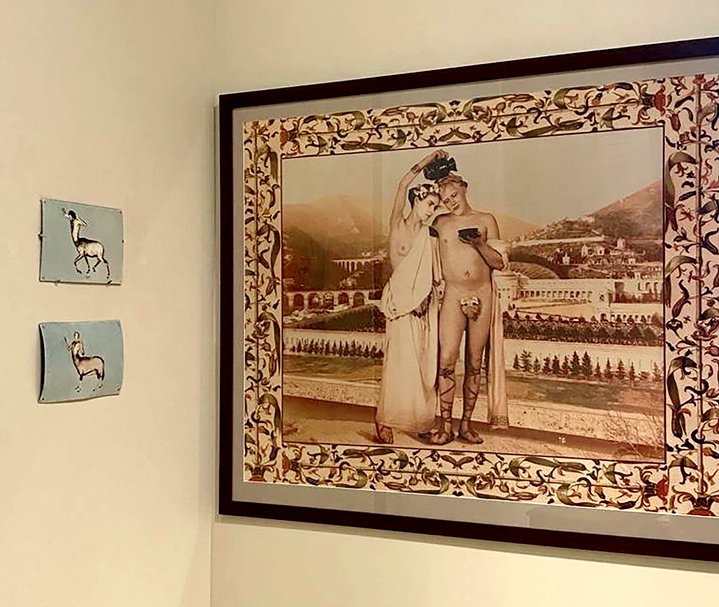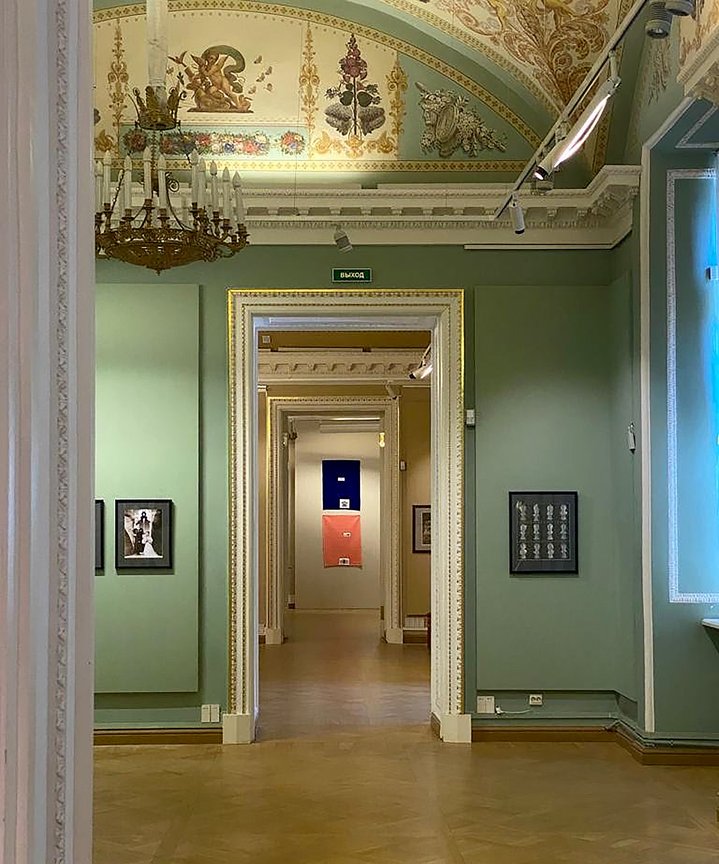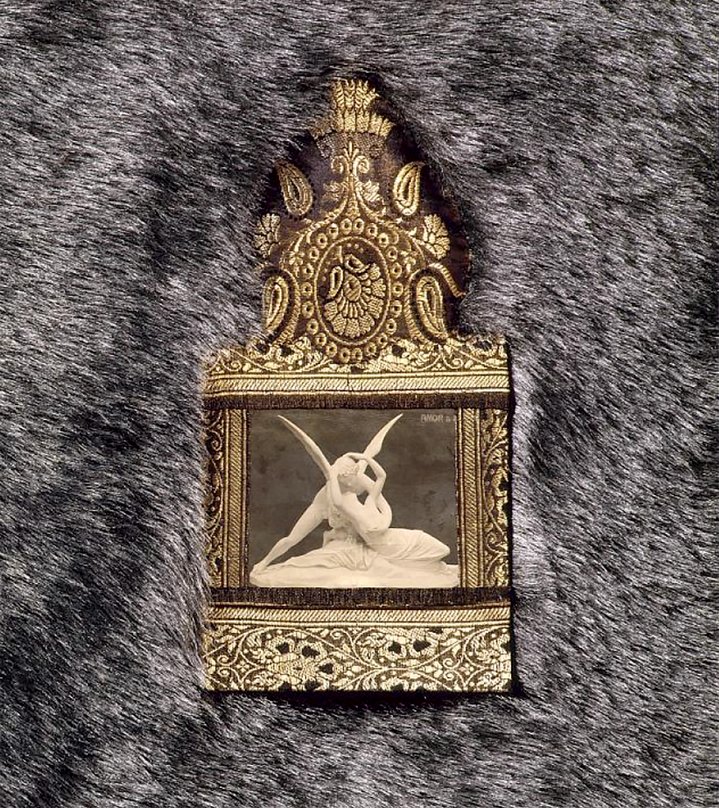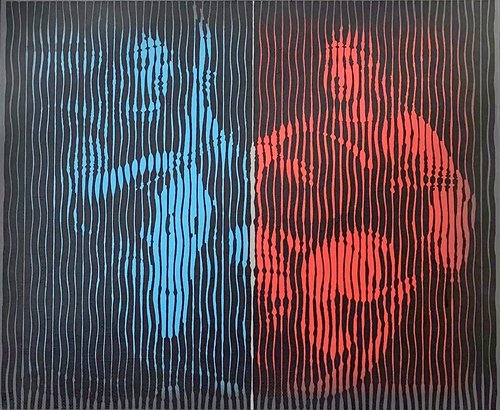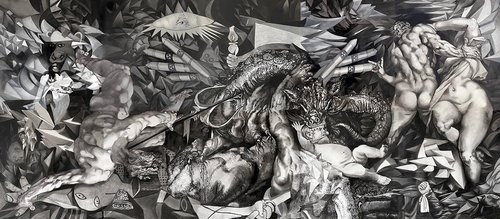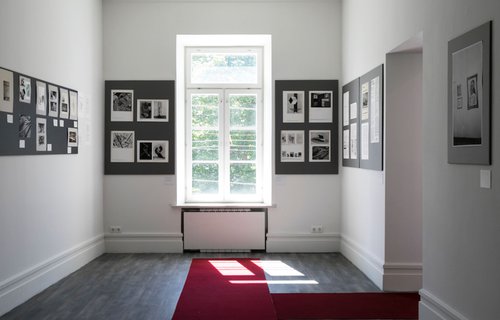Neo-Academist Exhibition Censored in St. Petersburg
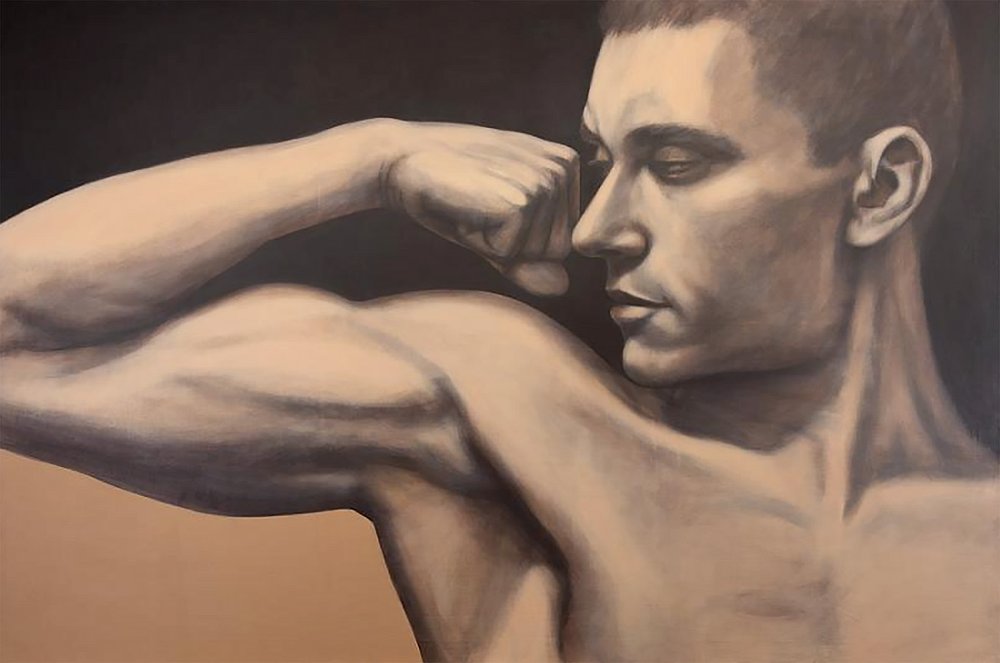
The State Russian Museum’s exhibition dedicated to the late queer artist Timur Novikov and his circle has provoked a scandal in the art world. The opening was postponed before two artists claimed their works had been removed for being pornographic, a claim rejected by the museum. Art Focus Now investigates.
The exhibition ‘Novikov's Wedge’ was due to open at the State Russian Museum in the middle of July, but was suddenly postponed by the museum's new director, Alla Manilova, who took office just two and a half months ago. As a result of negotiations between the director and museum staff, the exhibition finally opened a week late, but some of the works had been replaced. The museum vaguely cited organisational and bureaucratic issues, yet it was clear that explicit works depicting nudity had been censored.
This is almost unheard of even today. Previous cases of banning works in an exhibition in St. Petersburg happened four decades ago. For ideological reasons, which in the 1970s and 1980s included ‘propaganda of religion, pornography, anti-Sovietism’, if they wanted, a commission of party bosses could ban the exhibition of non-conformist artists, in whose circle Timur Novikov (1958–2002) began his artistic career.
Novikov is one of the most significant figures in late 20th century Russian art. The exhibition project at the Russian Museum marking the 65th anniversary of the artist's birth has been in preparation for several years, and the curators chose to present Timur Novikov together with the artists of ‘Neoacademism’, who formed the ‘New Academy of Fine Arts’. These are Georgy Guryanov (1961–2013), Olga Tobreluts (b. 1970), Oleg Maslov (b. 1965) and Viktor Kuznetsov (b. 1960), Bella Matveeva (b. 1962), Yegor Ostrov (b. 1970), Denis Egelsky (b. 1963), Stanislav Makarov (b. 1972), amongothers. Together they form ‘Novikov's Wedge’. The exhibition echoes two other projects running in parallel at the Russian Museum: ‘Inspired by the Classics. Neoclassicism in Russia’ and ‘Antique Myth and the Modern World’.
It is a fitting venue for a show about Novikov who had close ties with the Russian Museum. As a child he attended an art history lessons there, and in the early 80s he even worked in the boiler room! In 1997, the artists of the New Academy of Fine Arts group moved from their artistic squat to St. Michael’s Castle, an old palace which had become a part of the Russian Museum, where until 2000 they occupied a large space. It was there that Oleg Maslov and Viktor Kuznetsov, performing together under the pseudonyms of Oleg Oleaginus & Viktor Faberferrarius, painted ‘The Triumph of Homer’, starring Novikov as a blind singer (by then he had lost his sight due to illness). In this massive 3x5 metre canvas they portrayed all the leading figures of the St. Petersburg art world at the turn of the millenium. It was in front of this painting, in 1999, under the label of the Artistic Will association, that a film by Timur Novikov, ‘The Red Square, or the Golden Ratio (Failed Again-2)’, was shot, in which Novikov, playing the role of teacher, prescribes the laws of harmony using a rod on the buttocks of a pupil played by Vladislav Mamyshev-Monroe (1969–2013).
Novikov's ‘New Academy of All Kinds of Arts’ existed from 1985, a friendly creative association, later transformed into the ‘New Academy of Fine Arts’ in 1989 with institutional chairs and ranks. These new academicians abandonned the Neo-Expressionist painting style popular in the mid 1980s, which they had created under the brand of ‘New Artists’, similar to the German Neue Wilde movement, and became interested in classical and idealised beauty. In 1991, the Marble Palace (formerly the Lenin Museum), hosted a programme exhibition entitled ‘Neoacademism’, which brought together all the artists who had assembled under Novikov's flag. The Neoacademists immediately asserted themselves as a voice for the artistic spirit of St. Petersburg and its inherent classical beauty as a city built in the 18th century.
Novikov wrote a short article under the academic title ‘A few thoughts on such a strange phenomenon as Neoacademism’, in which he stated: "The movement for Neoacademism is a pathetic attempt by the 'greenies' of culture. As a gang of Pygmalions, they prowl museums, dig in libraries, scurry around stadiums and sit in theatres. They're looking for beauty. And we have as much beauty as you want. There's more to come." In 1991, Novikov's ironic anti-Americanism was not so much a rejection of mass culture as an avant-garde demand for the redistribution of cultural roles for yesterday's rebels who had ironically become diligent copyists of classical plaster casts. Five years later, their struggle would be waged against Moscow Conceptualism and Actionism, which occupied the mainstream of Russian art.
In 1998, the Marble Palace hosted a retrospective of Novikov's works from 1978–1998, which were donated to the Russian Museum. This large-scale exhibition in one of Russia’s major national museums turned out to be the last held during the artist's lifetime. After his untimely death in 2002, Neoacademism continued for another decade in the art ofloyal associates. The British art historian Edward Lucie-Smith included Neoacademism in a reprint of his ‘Movements in Art Since 1945’, placing Novikov on a par with Kazimir Malevich (1879–1935).
Like everything Timur Novikov did, the New Academy was a conceptual gesture and remained a deeply ironic project almost to the end of his life. Almost none of the artists who called themselves academicians could even draw a nude figure without the aid of a projector. Among the obvious sources of Neoacademism are the photographs of Wilhelm von Gloeden (1856-1931), and the documentary footage of Leni Riefenstahl (1902–2003). Now the art of Timur Novikov and artists close to him is often seen as queer art.
Ekaterina Andreeva, a curator at the Russian Museum and a respected expert on Novikov's work curated the exhibition. She had witnessed first hand and participated in some of the pranks of the New Academicians, and one of her goals was to convey the light-hearted and joyful approach inherent in the art movement. The exhibition includes many of Novikov's textiles, masterpieces including ‘Apollo Trampling the Red Square’.
The movement’s conservative aesthetic programme could have aligned with the puritanism of the museum authorities, but this did not happen. Instead the censor’s axe fell and works by duo Oleg Maslov and Viktor Kuznetsov and Bella Matveeva were withdrawn from the show, without whom it is difficult to imagine the New Academy. Konstantin Goncharov's (1969-1998) costume for a production based on Apuleius’ ‘The Golden Ass’ was literally castrated – in order to display it, staff had to cover the velvet penis of Apuleius' protagonist with a drape! Without these works, the exhibition feels impoverished, the celebratory fun inherent in the activities of the New Academy has shrivelled. There is only perhaps one glimpse of their original fun-loving cameraderie in Olga Tobreluts' 1993-94 film ‘Woe from Wit’ (the rest of the artist's works, including the diptych ‘Adam and Eve’, were also censored). It was a film production of a play by Alexander Griboyedov which shows the whole company of young merrymakers and flaneurs. In the edited version of the exhibition, it seems the accent shifted to Novikov in the last years of his life, when the artist increasingly turned to the ideas of conservationism and the ideology of traditionalism.
This emphasis and reading of Neo-Academism after the death of its founder sadly has increasingly found traction in the extreme right . The die-hard, anti-modernism devoid of irony and the postmodernist game that Novikov was constantly playing drifted to the right, where there remain today some followers of the movement. Having quickly lost its lightness and cheerfulness in the 2000s, the New Academy, unfortunately, became associated with darker ideologemes. Artists Alexei Belyaev-Gintovt (b. 1965) and Alexei Morozov (b. 1974), who were engaged in the ideological and artistic design of nationalist and extreme right-wing political forces, counted themselves among its supporters. However, it is an oversimplification to shift contemporary political problems onto the artists and works made 30 years ago. Among the flagship Neoacademic works is the series of paintings ‘Blue Lagoon’, which Oleg Maslov and Viktor Kuznetsov began in 1993, inspired by holidays on the Crimean coast, during more peaceful times.
Aside from Timur Novikov's 65th birthday, this year marks the anniversary of the neo-academic action ‘Burning of Vanities’ which took place 25 years ago. On 3rd of June 1998, artists gathered at the fort in Kronstadt, a suburb of St.Petersburg, threw their art works into a fire, renouncing the sins of the past. Had Novikov lived a longer life, art under his leadership would surely have carried on its steep course, and the artists in his wedge, like chameleons, would have continued to transform themselves and their art in the most unexpected of ways.
Novikov’s Wedge. The New Academy of Fine Arts
St. Petersburg, Russia
26 July – 25 September, 2023








